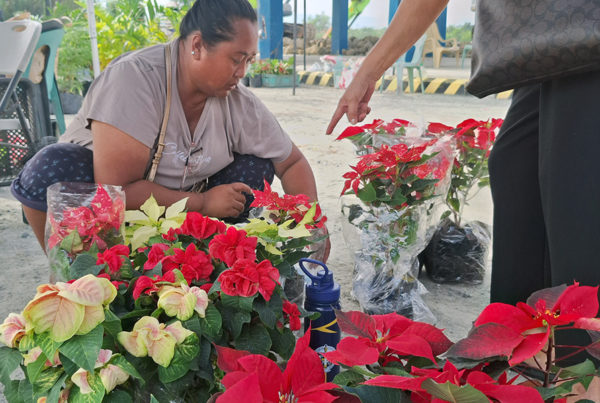Coffee maker describes coffee-bean buying
How does Nescafe do it?
Titus Fernandez of Nestle Philippines Cagayan De Oro Factory stabs three sacks of green coffee bean (GCB) with a “buriki”. In one swift move, he gets random samples of the morning’s delivery for strict standard evaluation.
“How strict? The GCB will be graded according to the percentage of total triage by weight of a composite sample, its moisture content, and finally, its cup taste which is all based on international standards,” says Fernandez.
The first screening is designed to filter out deliveries with physical defects.
“These defects affect the overall quality of coffee,” explains Fernandez, adding “In fact, few of these defects can cause problems in our production as they can damage our equipment.”
Next is the presence of admixture, which is sound bean of another botanical variety other than Robusta, at 3.0 weight coefficient.
The third at 2.0 weight coefficient are black beans, coffee beans of which half or more than one-half of the external appearance is black. Fernandez says black beans produce the most awful taste: dirty, astringent and woody.
NESCAFE only buys GCBs with Grade I to Grade 3 or coffee beans having eight percent to 16 percent triage.
The GCBs are then evaluated for their moisture content. Those with 12 percent moisture content are automatically rejected.
The final screening after moisture test, of course, is cupping or cup tasting. Coffee with moldy, fermented, and foreign taste is automatically rejected.
The Nestle CDO factory is where the country’s best-selling instant coffee, Nescafe is produced from GCBs brought from Nestle’s 11 satellite buying stations across the country.–PIO







